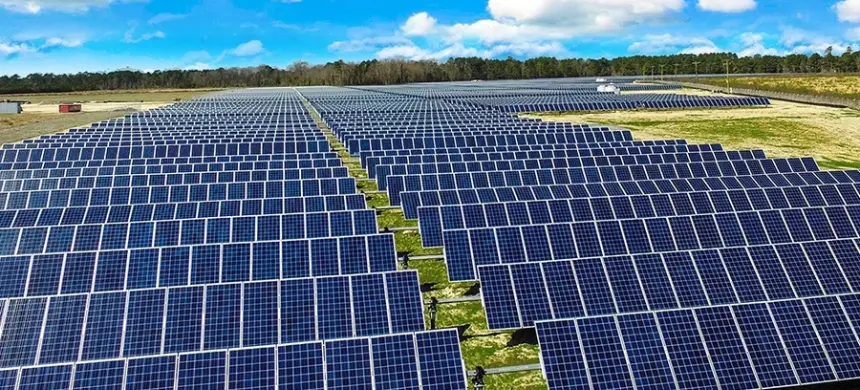Amid Rising Electricity Costs, Pakistanis Turn to Solar Power for Relief
As electricity costs continue to soar, more Pakistanis are shifting towards alternative energy sources, with solar power emerging as the top choice. This growing trend has not only spurred the widespread adoption of solar systems across the country but also opened new business avenues, creating job opportunities and introducing unique challenges, especially in the realm of “reverse metering.”
For many households, the journey to solar energy begins with limited knowledge, prompting them to seek expert guidance before selecting a solar system provider. With a diverse array of solutions and pricing options available in the market today, making an informed decision can be daunting.
Read More: The Punjab government has withdrawn the electricity relief previously provided to Islamabad
Solar Panel Prices: What to Expect
When it comes to high-quality, “A-grade” solar panels, prices can be steep. For example, Longi’s Hemo 5 series, which includes both single glass (monofacial) and bifacial panels, is priced at approximately Rs 29 per watt. This rate remains consistent across different models, offering a reliable reference for those interested in investing in Longi’s products.
Similarly, JA Solar’s single glass panels are available at Rs 28 per watt. For a 550-watt panel, this equates to roughly Rs 15,400 per unit. Jinko, another leading brand, offers its P-type monofacial panels at Rs 29 per watt, while its N-type monocrystalline panels are slightly more expensive at Rs 30 per watt.
Canadian Solar, a significant player in the industry, prices its single glass panels at Rs 29 per watt, making a 580-watt panel cost around Rs 16,820. Phono Solar, known for its dependable products, and Trina’s N-type generation monocrystalline panels are currently priced at Rs 31 per watt.
Challenges in the Solar Industry
As the solar sector expands, so do the challenges it faces. One of the primary issues confronting the government is managing “reverse metering,” a system that allows solar energy users to feed surplus power back into the grid. While this process benefits consumers, it poses significant regulatory and logistical challenges for the power sector.
Despite these obstacles, the solar energy industry in Pakistan continues to flourish, providing consumers with a viable solution to counter escalating electricity costs and contributing to a more sustainable energy future.











